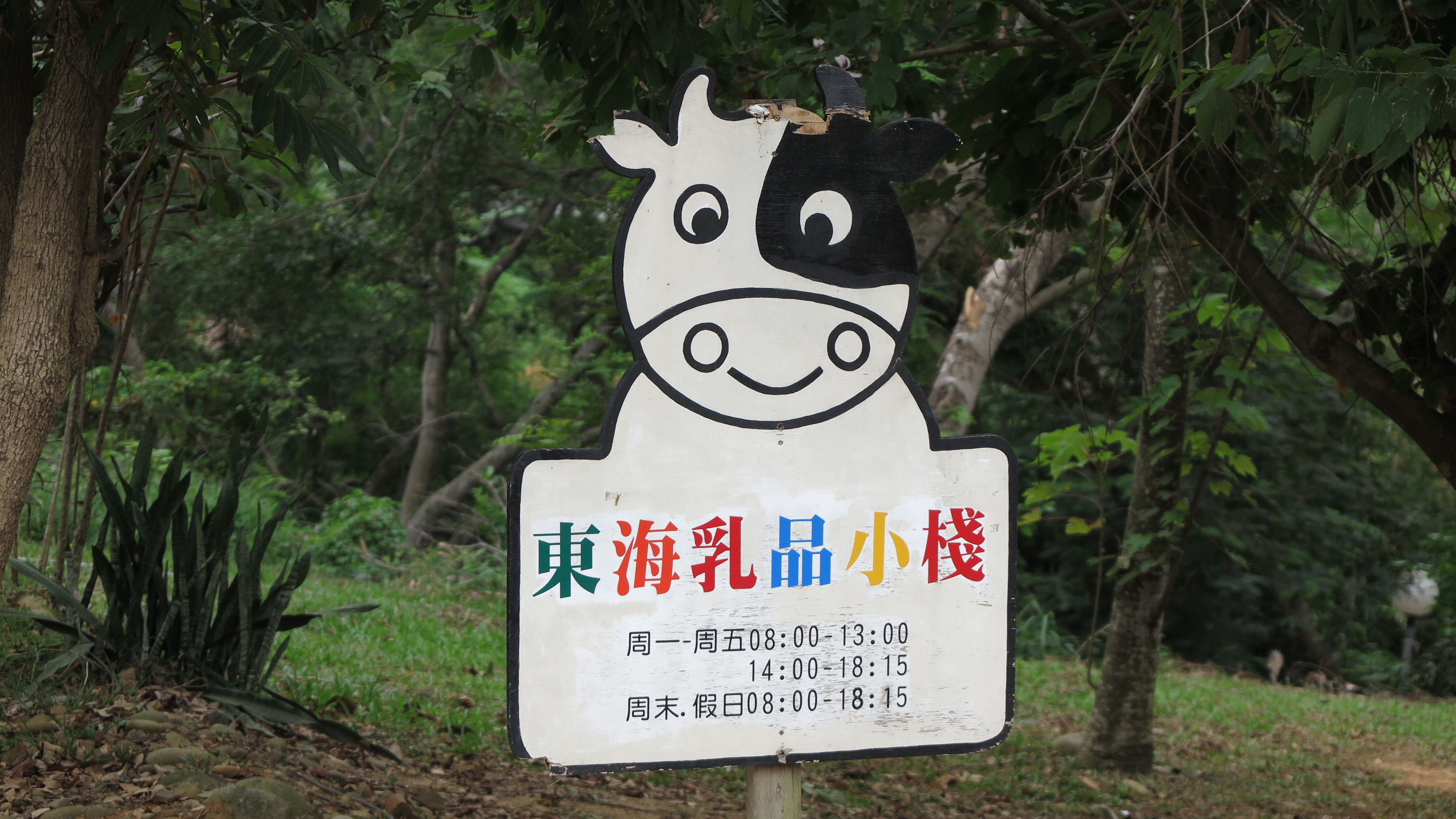|
| For a Better Tunghai |

When should investors worry about growth?
投資者應何時擔心增長率?
by Charles Cheng, CFA – Clarity Investment Partners
鄭又銓, CFA -可承資本
In last month’s ‘Expert’s View’, “How much should investors worry about growth?”, we talked about whether investors should be concerned about slower projected long term growth rates across several major countries. Our conclusion was that they should not worry too much about it as relative growth rates between countries is not as useful in predicting future market returns.
在上一期的名家觀點 “對於經濟增長率,投資者應擔心多少”中,我們談及了投資者是否應對幾個主要國家放緩的長期經濟增長率表示擔憂。我們的結論是投資者不應對此做過度擔憂,因為國家之間相對的經濟增長率對於預測未來市場走勢並無多大裨益。
As mentioned before, accurate economic predictions, even by professional forecasters, are difficult to make. Furthermore, a lot of other factors go into future returns such as fundamental measures like valuations and dividends as well as market expectations of the future, which together have a much bigger impact than just the economic growth rate. But obviously, the future growth rate of the economy of a country or the world should matter to stock prices as corporate earnings are dependent on the economy as a whole.
如此前提到過的,即使對於預測專家,要得到精準的經濟預測也是非常困難的。而且,未來市場回報也受到許多其他因素的影響,例如估值、分紅以及市場對於未來的預期等基本的度量標準,這些因素綜合在一起的影響會遠遠超過經濟增長率。但很明顯,一個國家或全球未來的經濟增長率應該對股票價格有影響,因為一個企業的盈利水平是依賴於整體經濟的。因此,投資者應在何時擔心全球或當地經濟的狀態?
In our experience, we have found that it is more important to focus on economic recessions (usually defined by two consecutive quarters of falling GDP growth) rather than the long term growth rate in terms of looking at impact of economic performance on investment performance. So the question becomes not how much should an investor worry about the state of the economy, either globally or locally, but when they should worry about it.
根據我們的經驗,我們發現,在看經濟走勢對投資表現的影響時,把注意力放在經濟衰退期(通常的定義是比關注於長期的增長率更重要。於是,問題就變成了並非投資者需要對全球或當地的經濟狀態做怎樣的擔憂,而是何時該對此擔憂?
Below is the listing of the top five largest market drawdowns (peak to bottom percentage losses) in the US S&P 500 equity index over the past 40 years.
下表是過去40年美國標普500股指最大的五次降幅(最高點至最低點的跌幅)
|
Price % return 指數回報 |
Peak 高點 |
Trough 低點 |
Recession Dates 經濟衰退期 |
GDP decline GDP 降幅 |
|
-52.6% |
Oct-07 |
Feb-09 |
Dec-07 to Jun-09 |
-4.3% |
|
-46.3% |
Aug-00 |
Sep-02 |
Mar-01 to Nov-01 |
-0.3% |
|
-30.2% |
Aug-87 |
Nov-87 |
None |
|
|
-23.8% |
Nov-80 |
Jul-82 |
Jul-81 to Nov-82 |
-2.2% |
|
-15.8% |
May-90 |
Oct-90 |
Jul-90 to Mar-91 |
-1.4% |
Four of these drawdowns coincided with US recessions, namely the early 80’s recession, the early 90’s recession, the early 2000’s dot-com recession, and the mortgage crisis recession of the late 2000’s. Three of these recessions coincided with the three global recessions that the world had during this period. The only top drawdown which did not coincide with a recession was the one in 1987, which was largely blamed on the practice of program trading.
這五次最大的跌幅中有四次恰逢美國經濟衰退期,它們分別為80年代初的經濟衰退,90年代初經濟衰退,21世紀初網絡經濟泡沫以及次貸危機引起的經濟衰退期。這其中有三個衰退期恰逢三次全球經濟衰退期。五次中唯一一次沒有與經濟衰退期同時發生的是1987年那次,而那次的股市崩盤應怪罪於程序化交易。
On average, these market index declines lasted around 14 months, had a price depreciation of over -34%, and took around 27 months to recover back to the initial index level. Considering that average compounded annual returns over this 40 year period were +7.9% per year, these major market declines can have an out-sized impact on your investment portfolio. World stock markets had similar negative performances during all of these drawdown periods.
平均而言,這些市場指數下跌持續14個月,價格貶值超過34%,並需要27個月回到下跌前水平。考慮到過去40年平均複利年回報為每年7.9%,這些重大市場下跌會對你的投資組合造成十分深刻的影響。全球股市在這些下跌期間也有類似的負面表現。
As with forecasting economic growth, even professionals have difficulty predicting recessions before they happen or even recognize them as they happen. Tactically shifting investment allocations is not something that casual investors should attempt. However, there are certain indicators that help in identifying when a recession may be happening.
就像對於預測經濟增長一樣,即使是專業人士都很難預測經濟衰退期的到來,甚至在發生時都無法意識到。對資產分配進行戰術轉移不是非專業投資者應嘗試的。然而,也有一定的指標可以幫助確定我們是否正處於經濟衰退期。
For example, we can look at three timely and readily available economic indicators, Initial Unemployment Claims, the Conference Board Leading Economic Index, and the ISM Manufacturing Index. Over the past 40 years, on average, claims have been around 378, the 6 month change in the LEI has been around +2.1, and the ISM has been around 52. At the start of the recessionary periods noted above, those values have averaged 399, -6.3, and 46.5 respectively. Three months after the recessions started, those values have moved even further away from the average to 434, -10.2, and 44. That does not mean that every time we reach these levels, that there will be a recession. But generally, a recession does not happen without these indicators moving these directions. The most recent figures are claims at 276, the 6 mo change in LEI at 0.7, and the ISM at 51.8, still close to normal levels.
例如, 我們可以看看三種及時且容易獲得的經濟指標:首次申請失業救濟金人數、諮商會經濟領先指數以及ISM製造業指數。在過去的40年中,平均而言,首次申請失業救濟金人數為378人次,諮商會經濟領先指數每六個月變化為+2.1,ISM指數約為52。在之前提到的五次重大衰退期開始時,這三個指標分別為399、-6.3以及46.5。衰退期開始三個月後,這三個指數進一步惡化至434、-10.2以及44。這些數據並不代表說每一次我們達到這個指數衰退期就會到來。但是總體來說,如果這些指數沒有這樣的發展趨勢那衰退期不會發生。目前最新的數據:首次失業救濟金申請人數為276、諮商會經濟領先指數6個月變化為0.7、ISM為51.8,仍然接近正常水平。
While looking at economic data may not necessarily let you predict recessions before they happen, it can be a valuable part of your investment process either to avoid irrational fears of a recession when there isn’t one or to help you recognize when one may be happening, in time to limit the damage to your portfolio.
然而看經濟數據也許不一定能預測經濟衰退期的到來,但卻可以作為投資過程中一個有價值的部分,幫助你避免在衰退期沒有到來時的無端恐懼或幫助你意識到衰退期已開始,這樣能及時的對你的投資組合進行止損。
Mr. Cheng is a managing partner at Clarity Investment Partners, a Hong Kong based independent private investment office that directly manages personal accounts for families and institutions. www.clarityinvestment.com
鄭先生為可承資本的董事合夥人。可承資本是一家總部設於香港,並專為高淨值家族及法人機構直接管理資產的獨立投資辦公室。www.clarityinvestment.com/2002738913.html
● 讀後留言使用指南
近期迴響